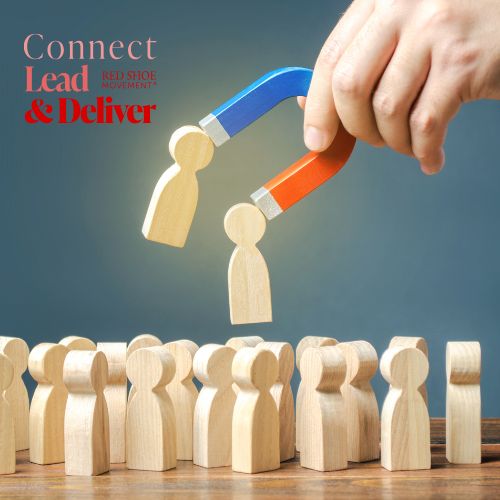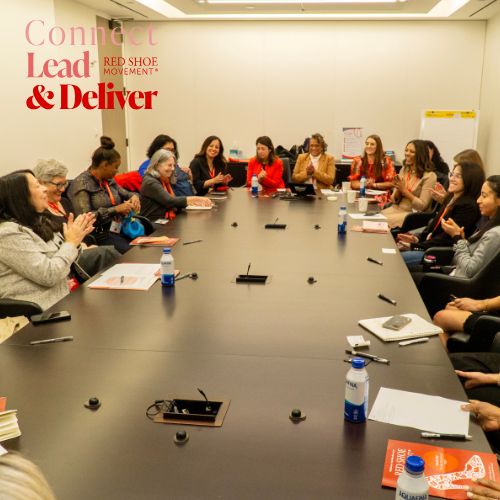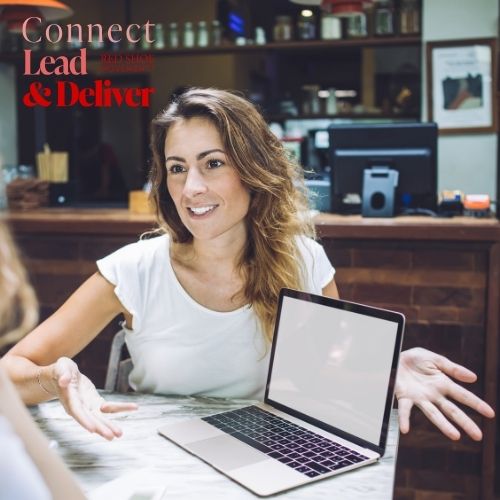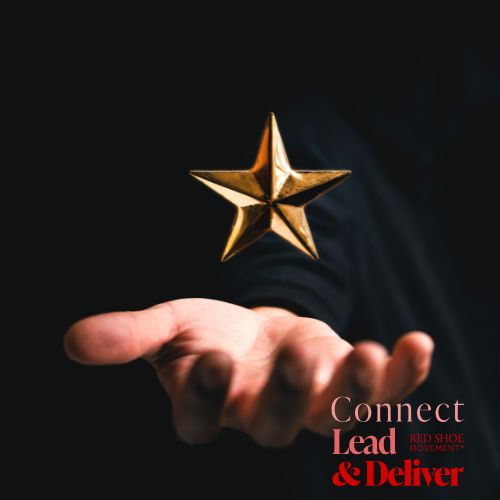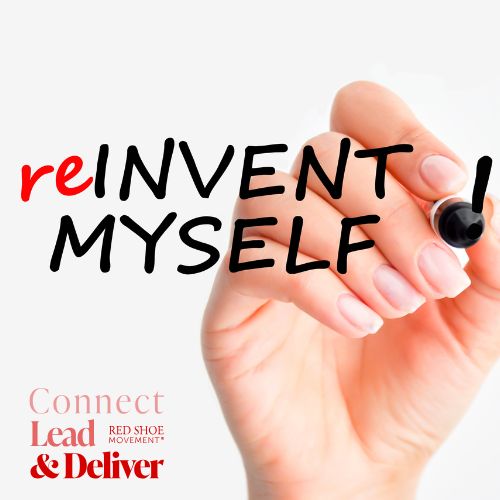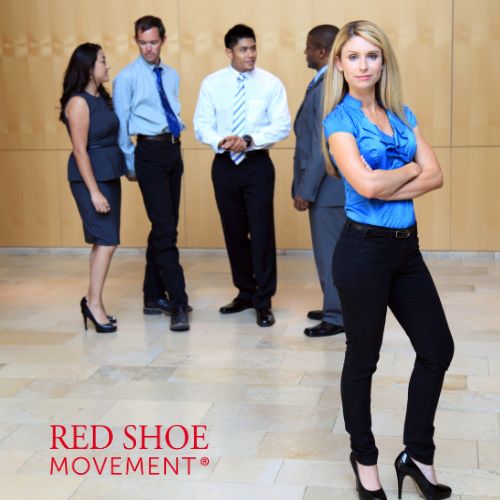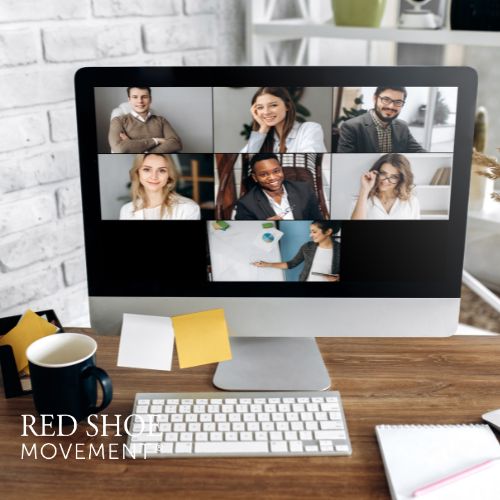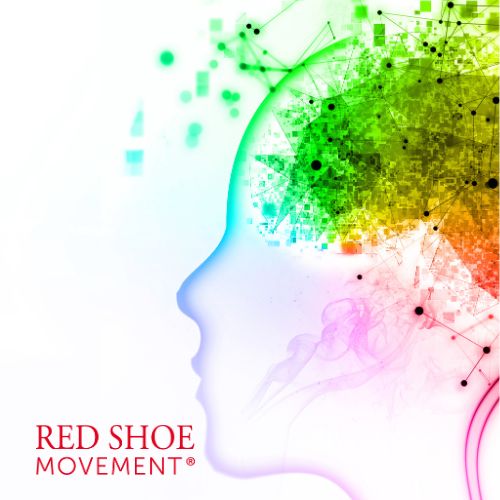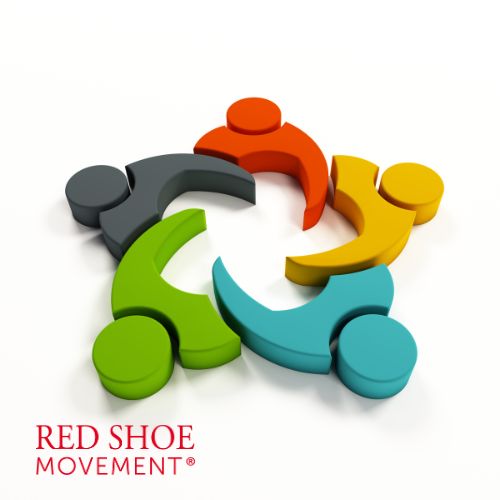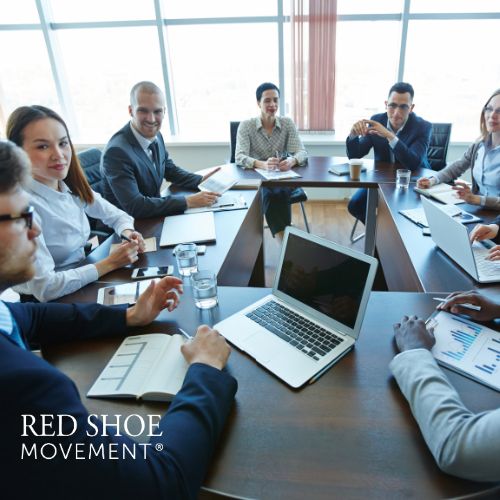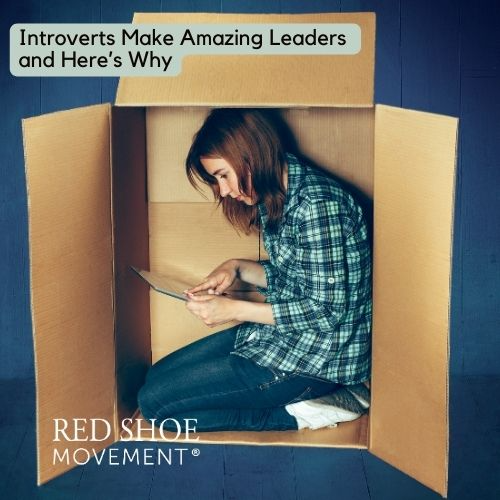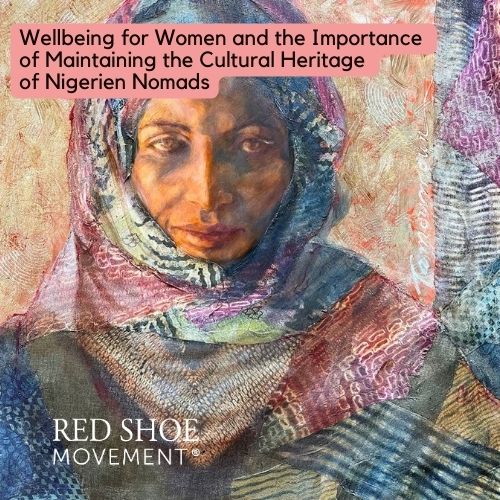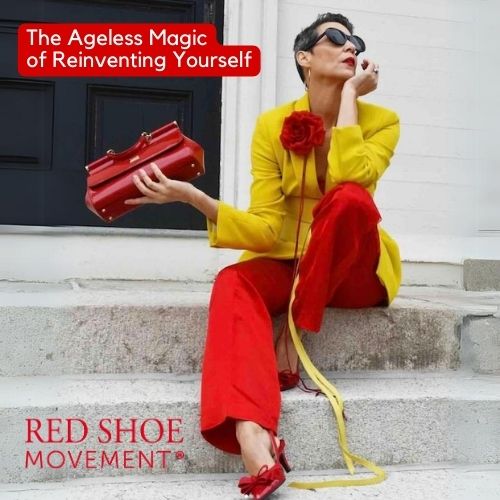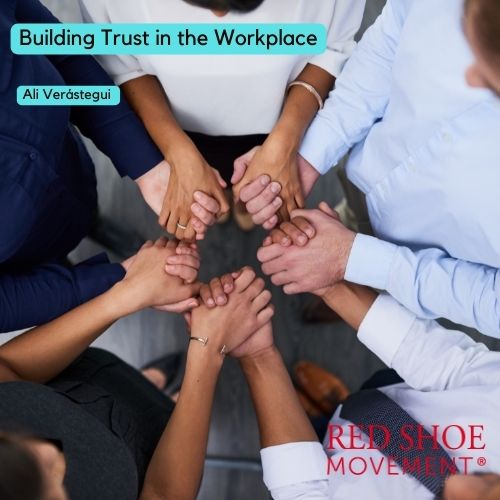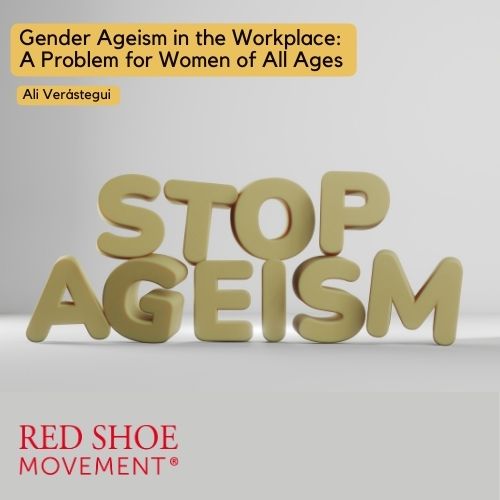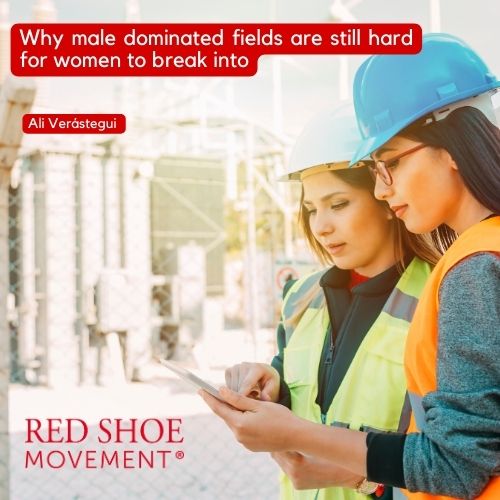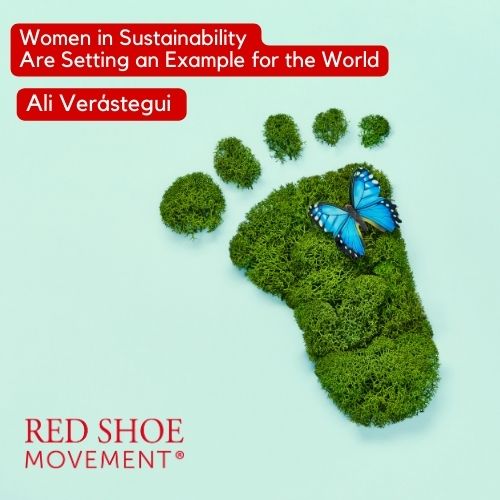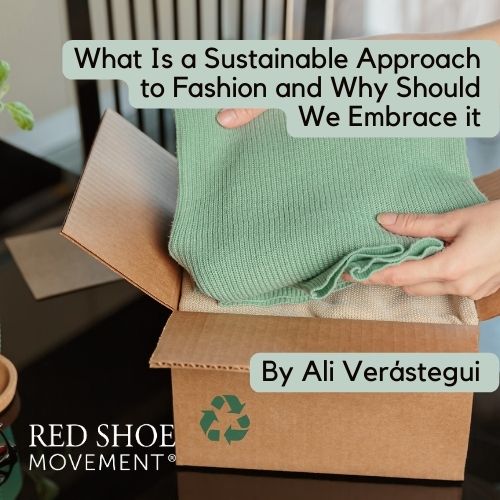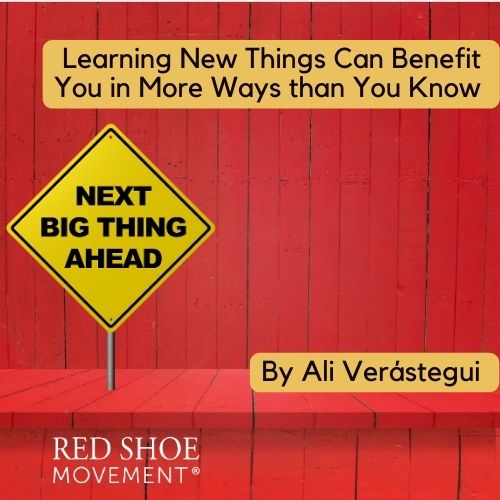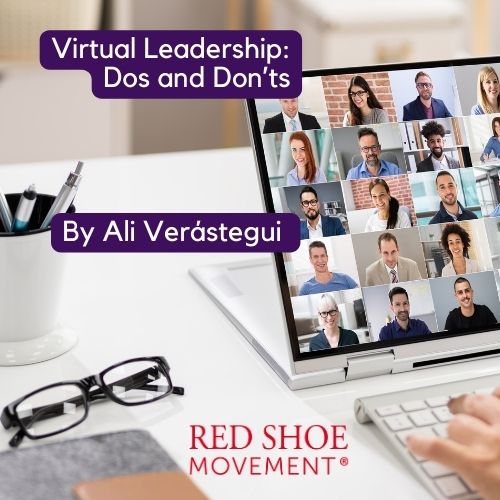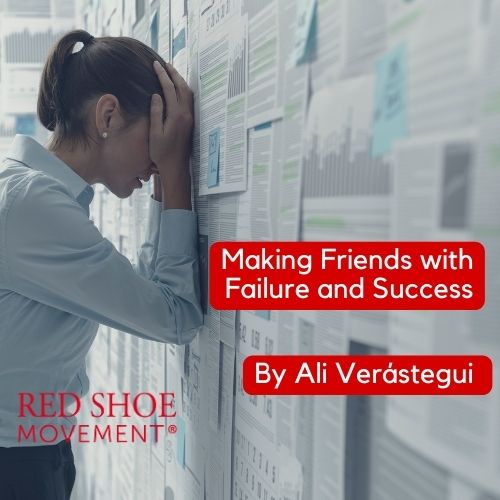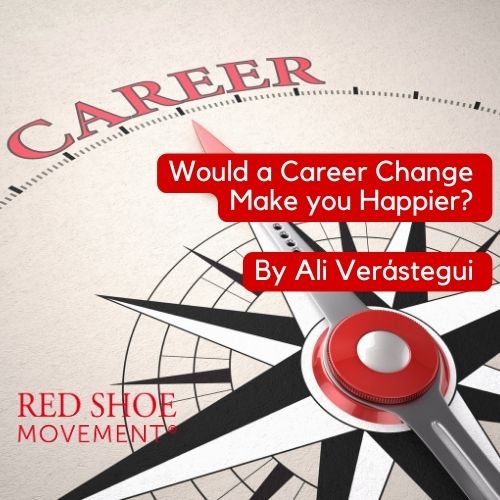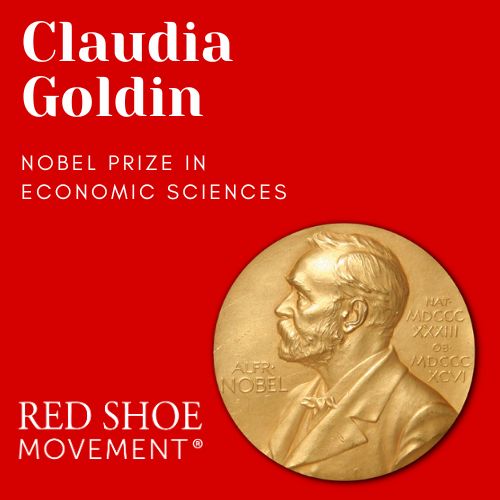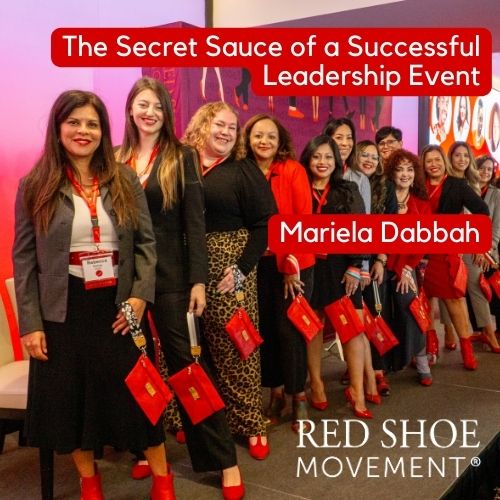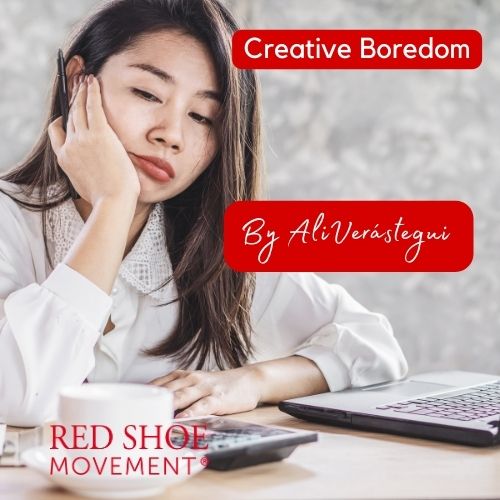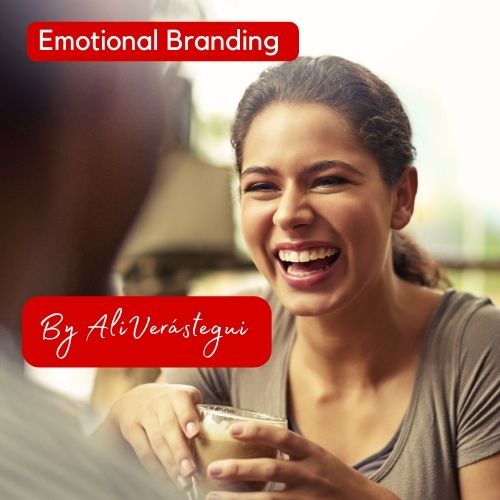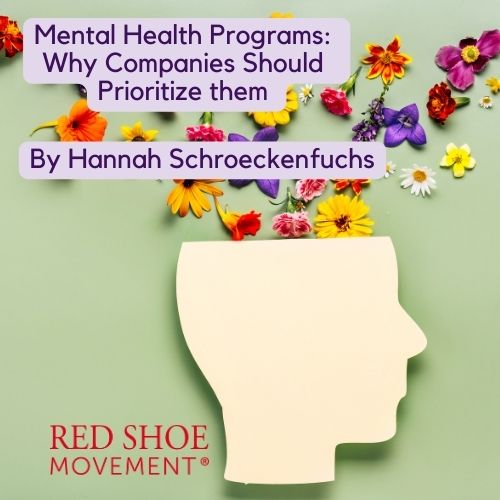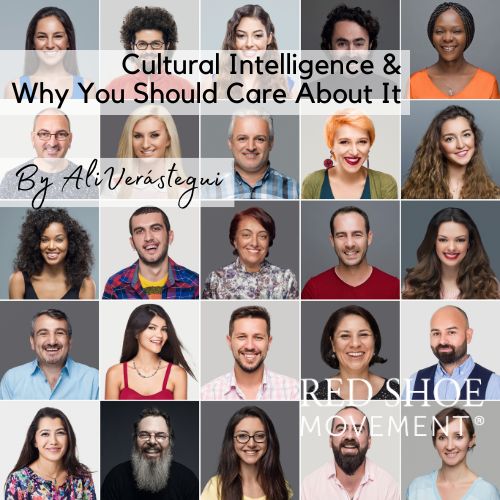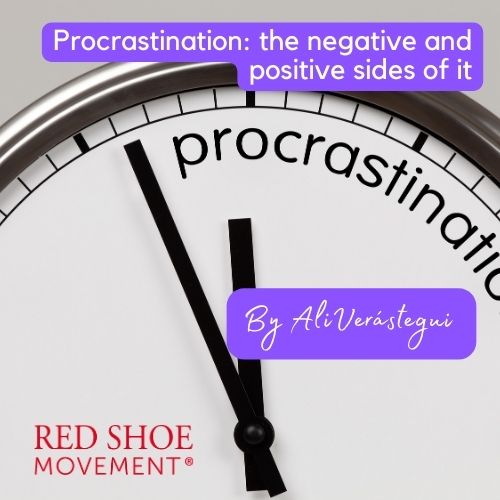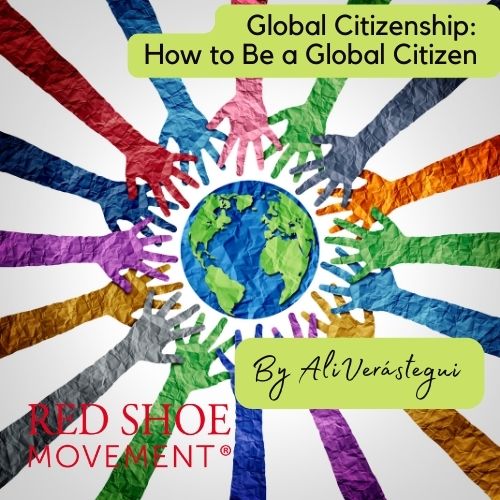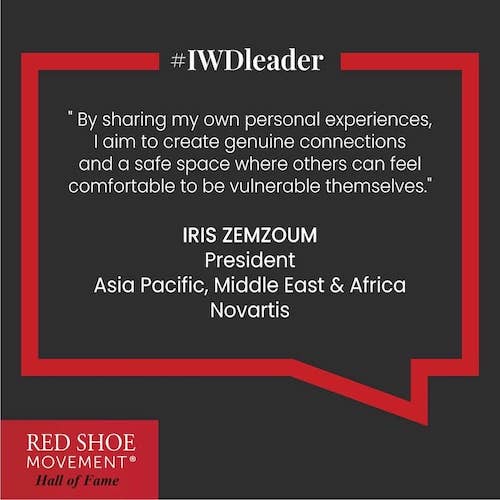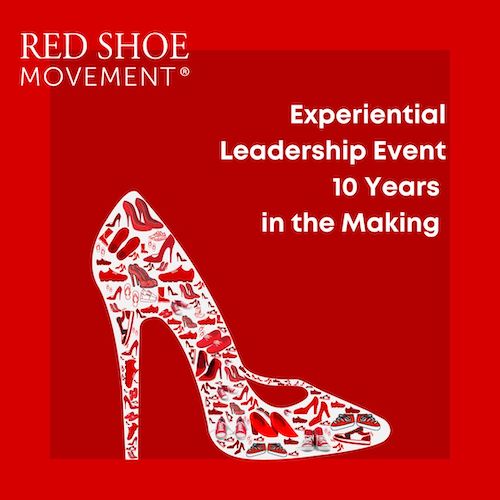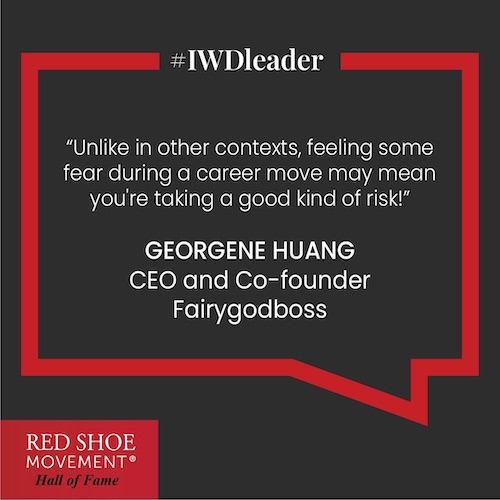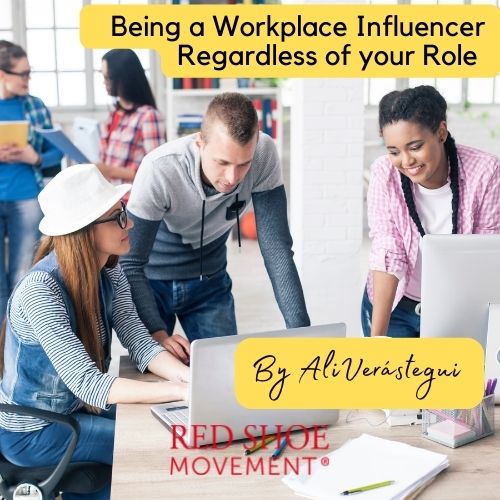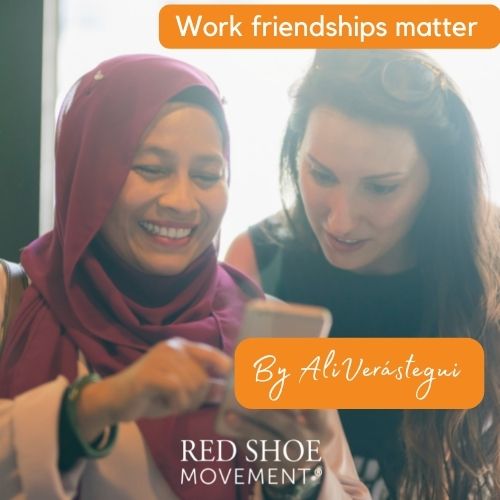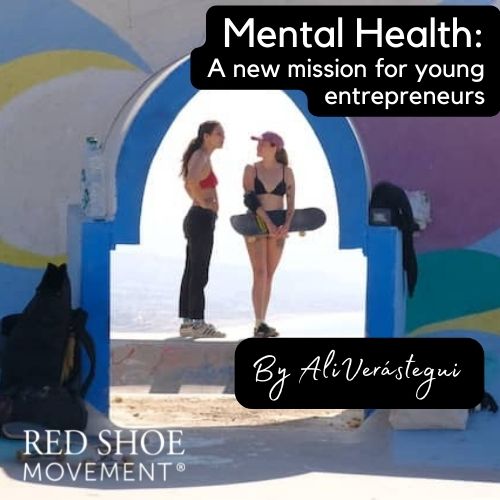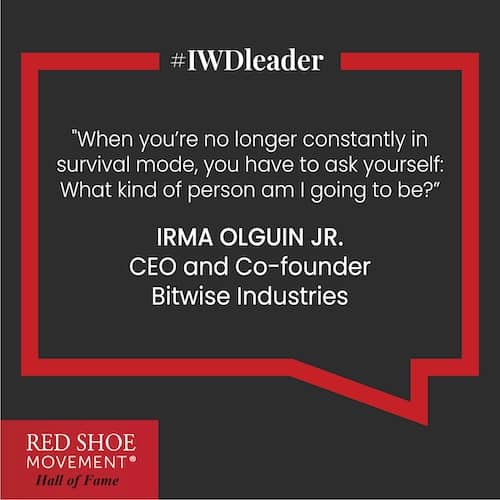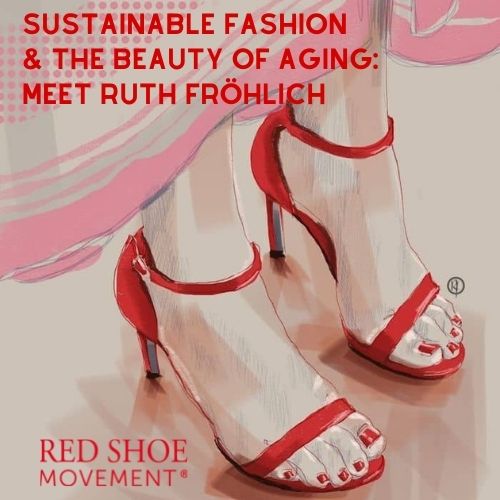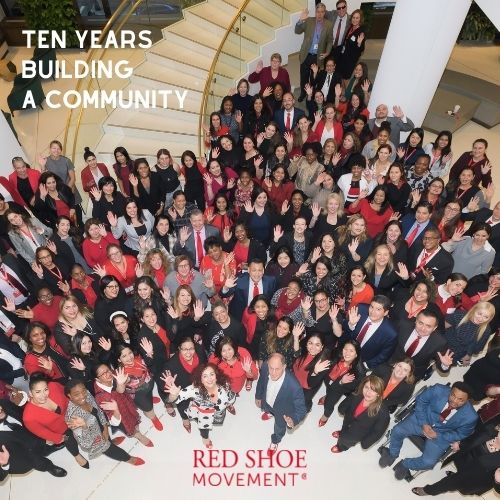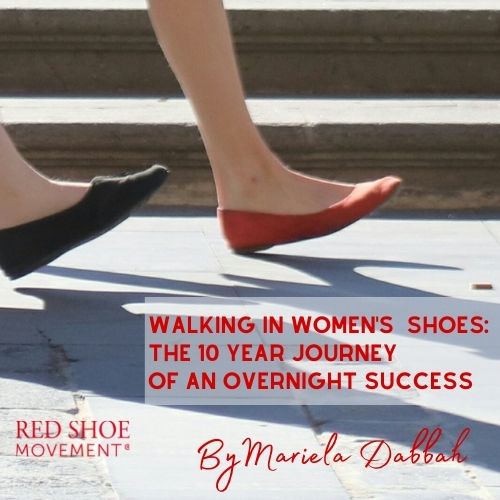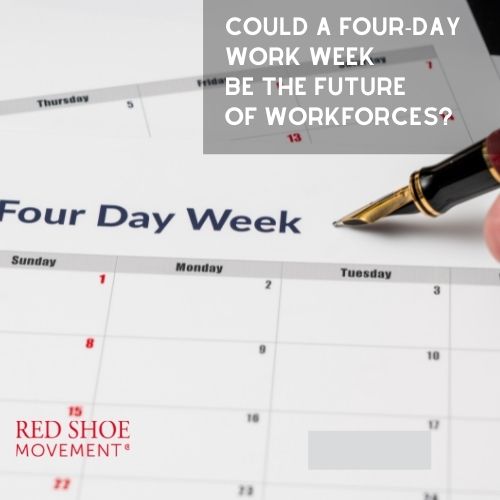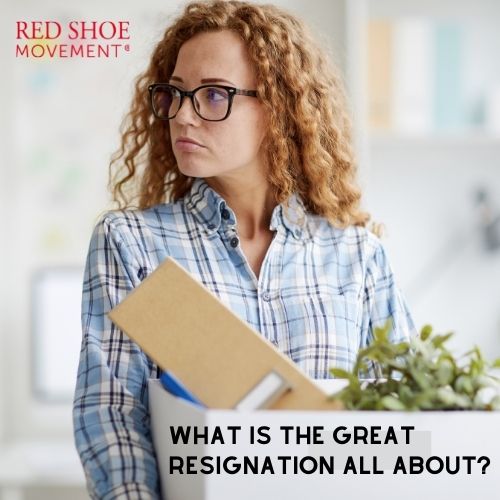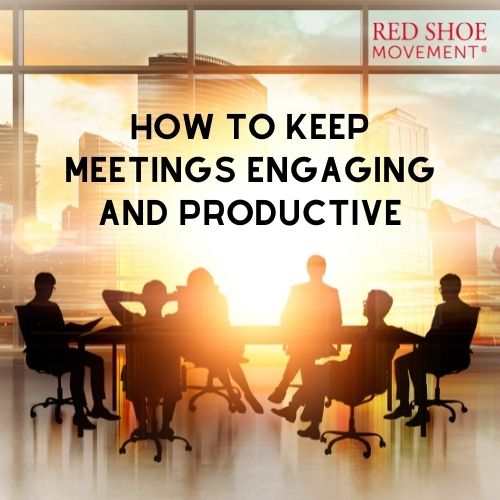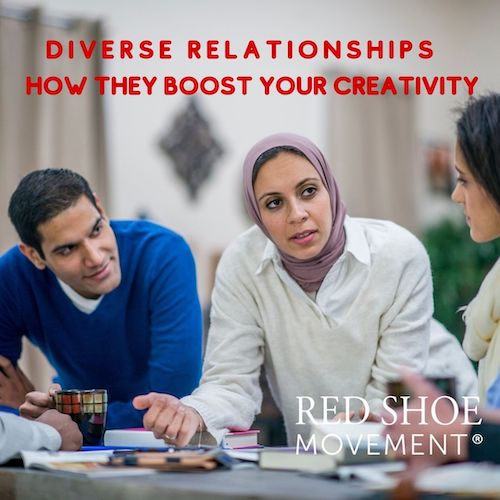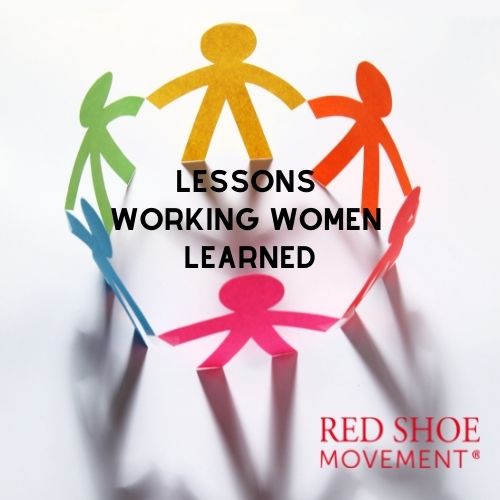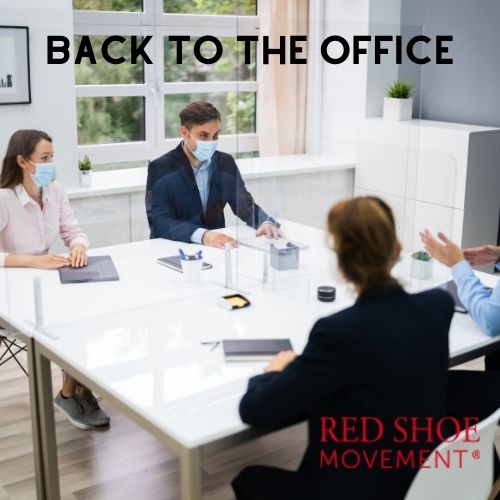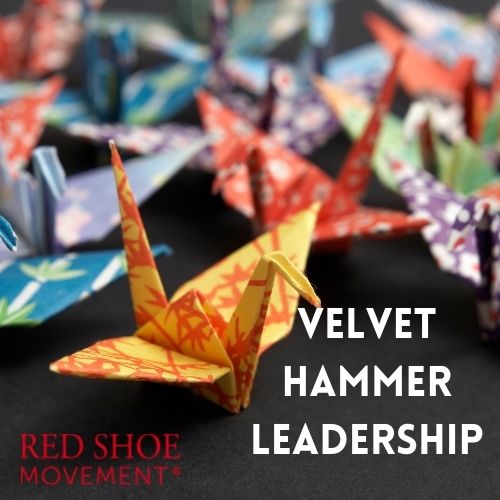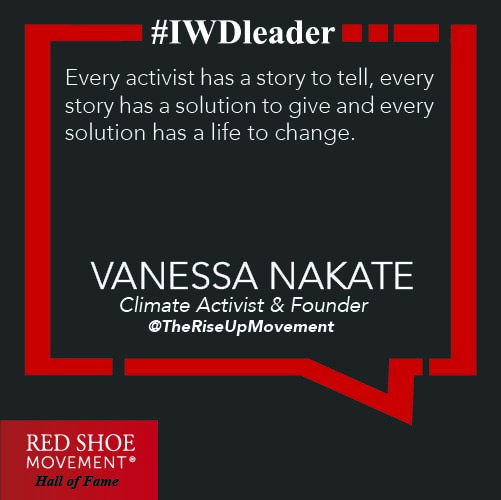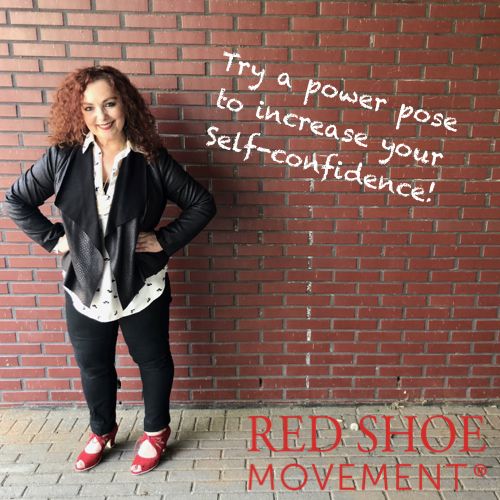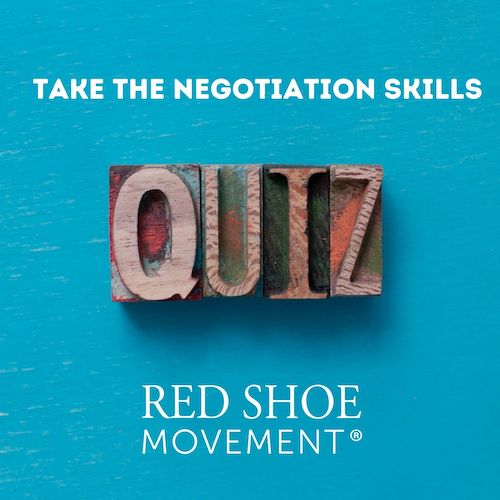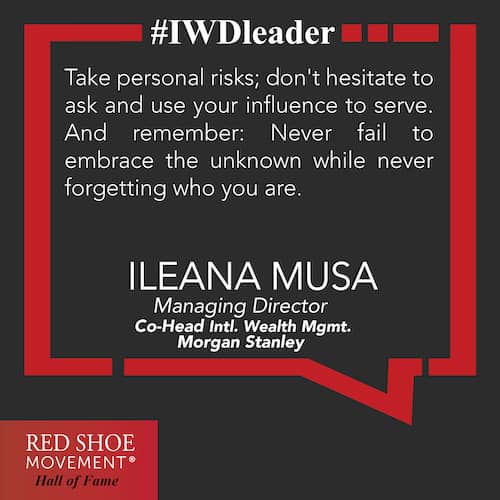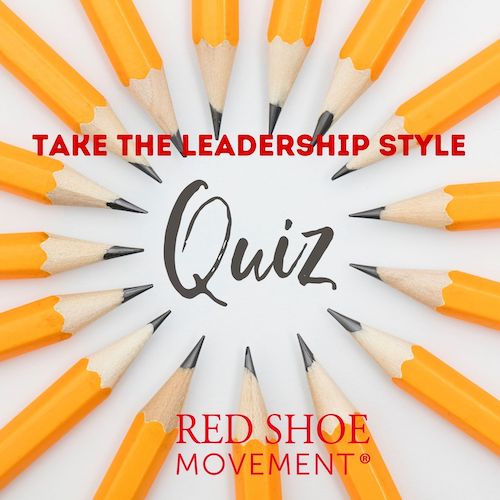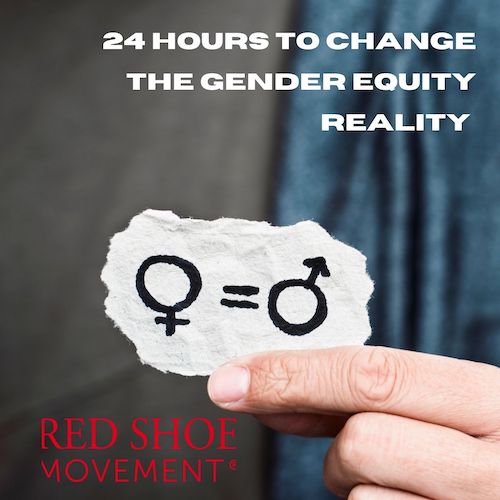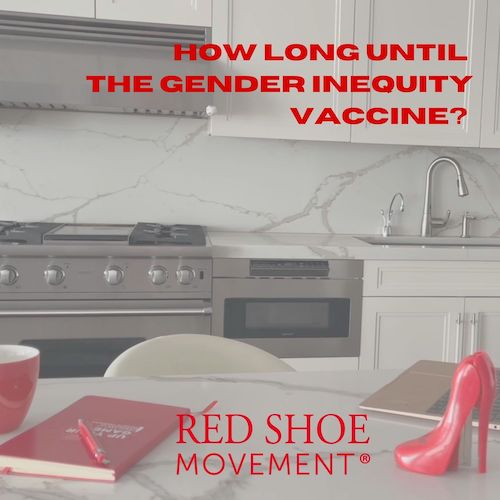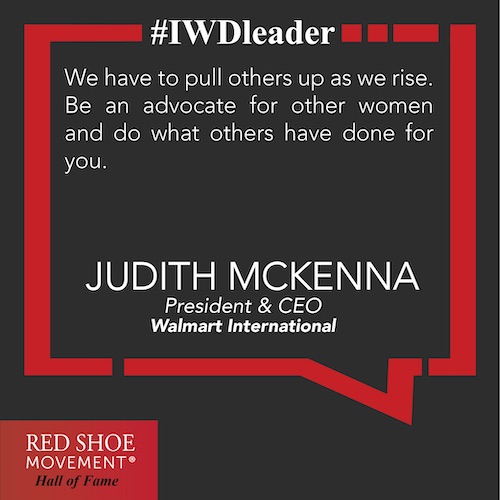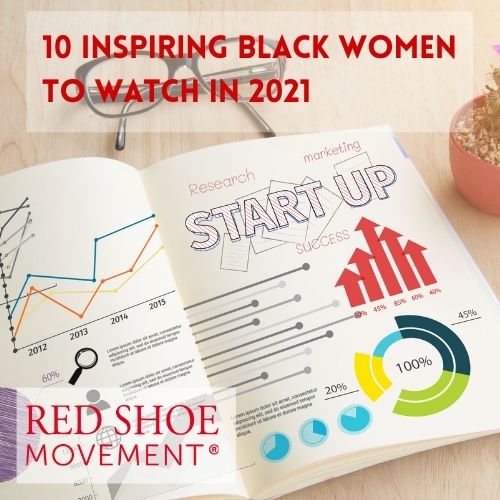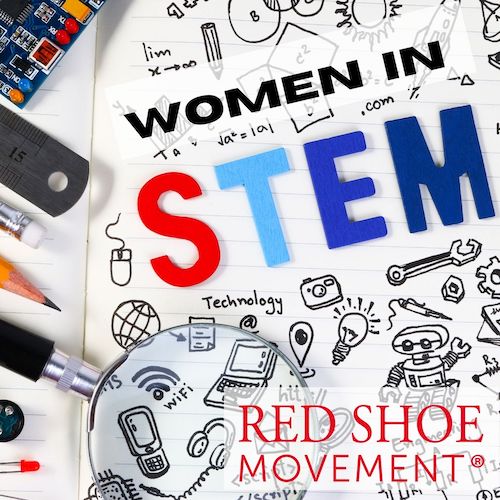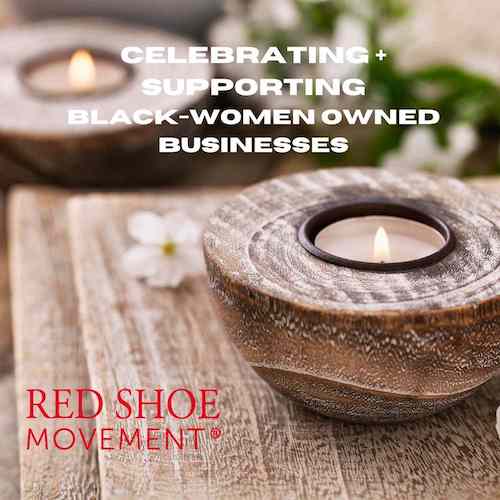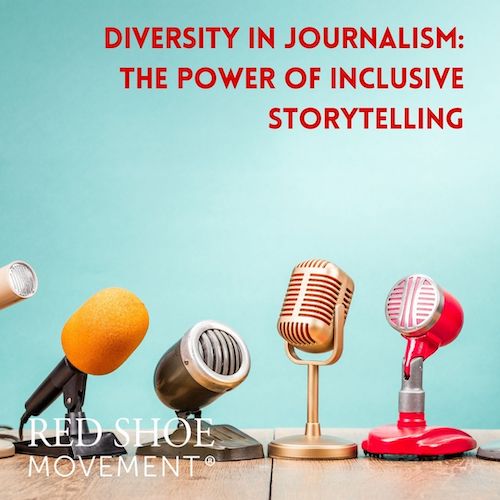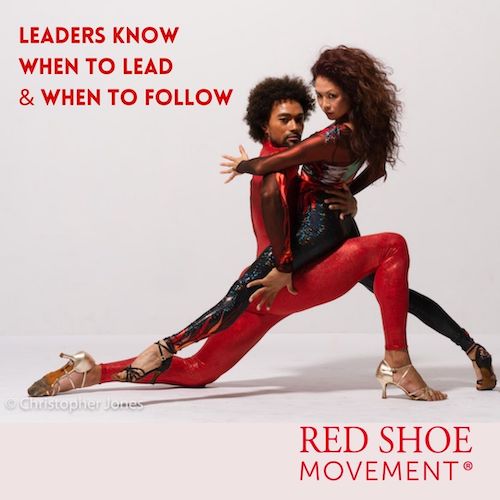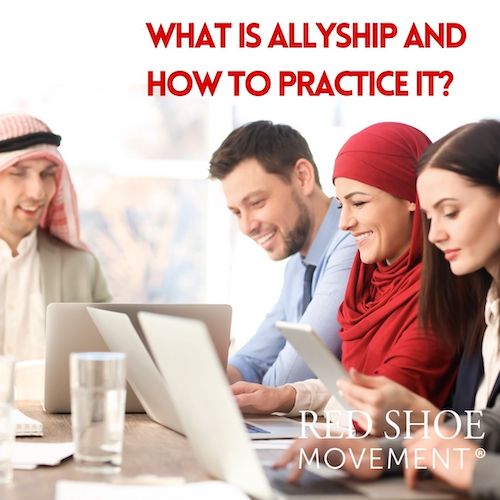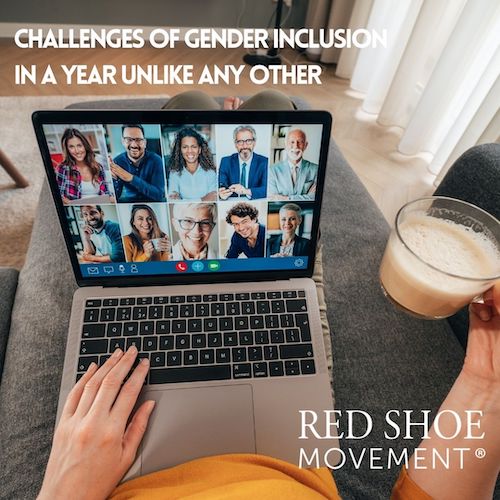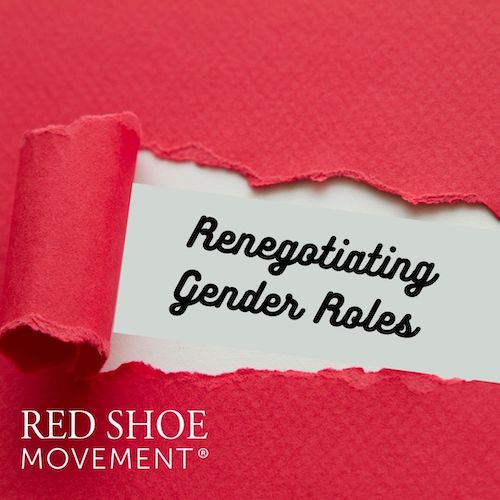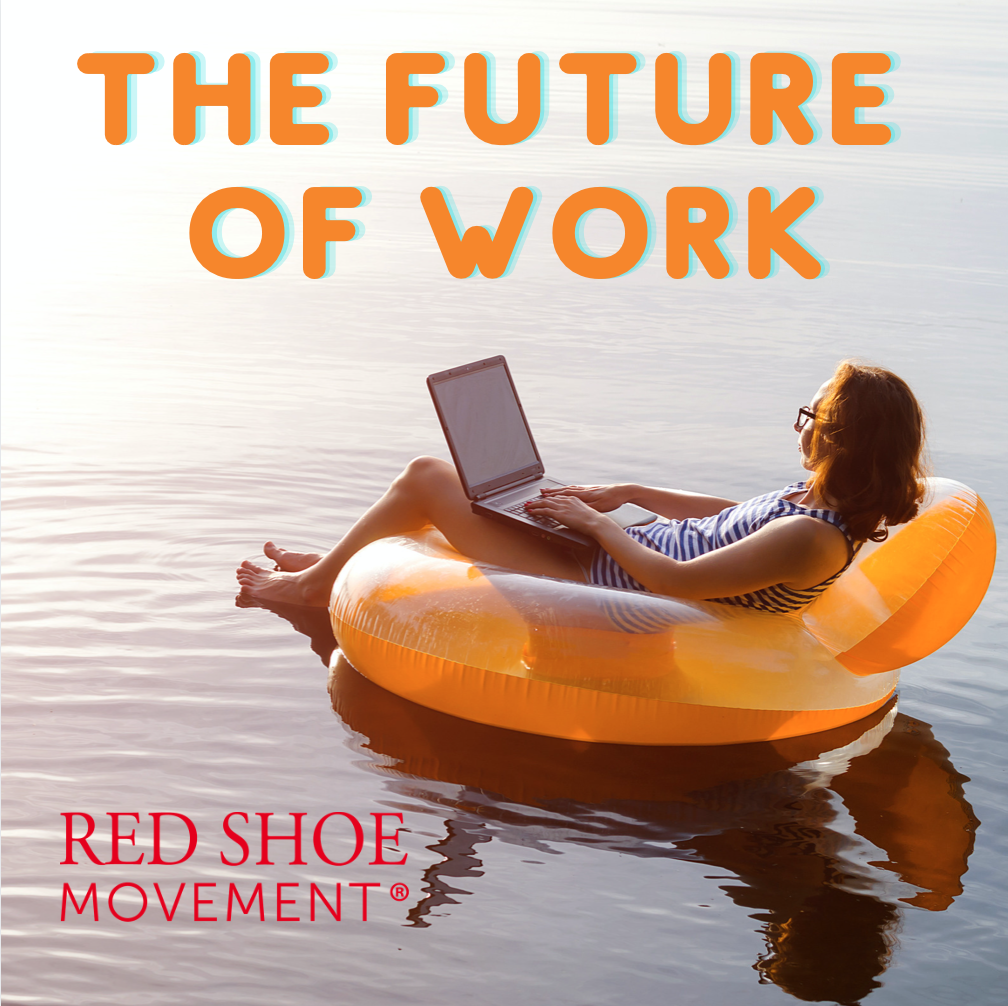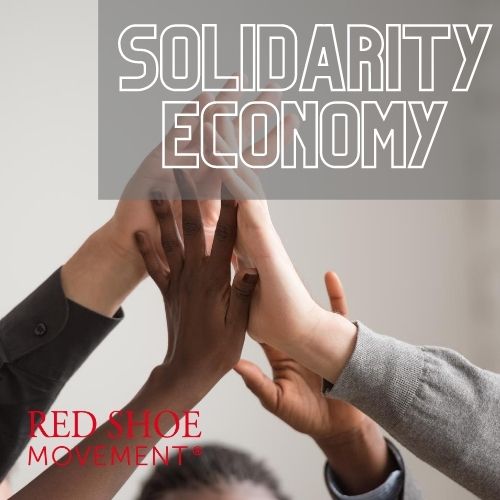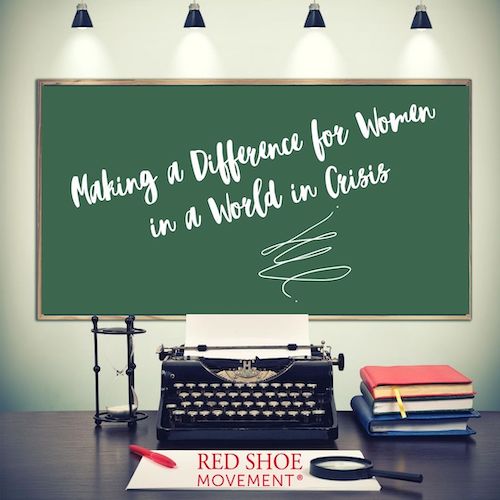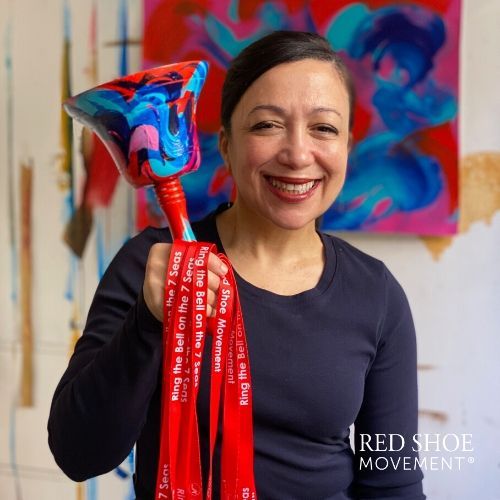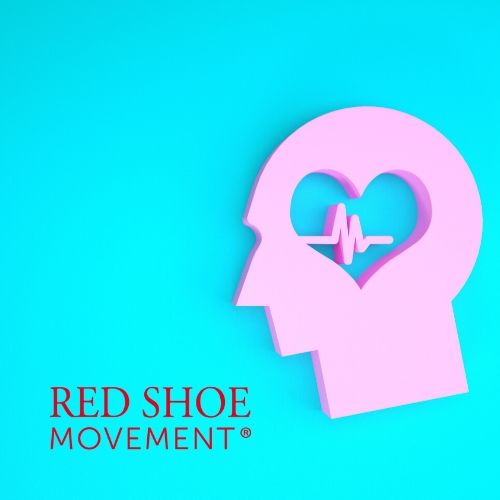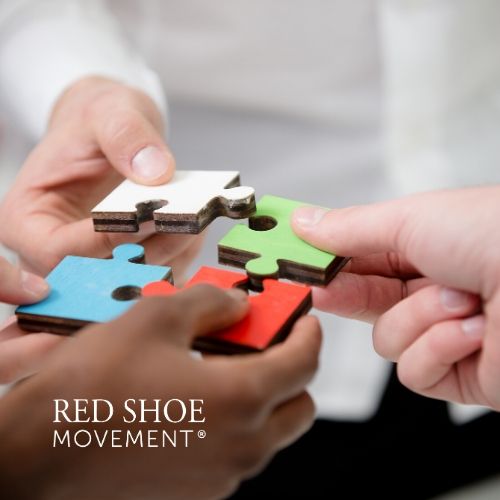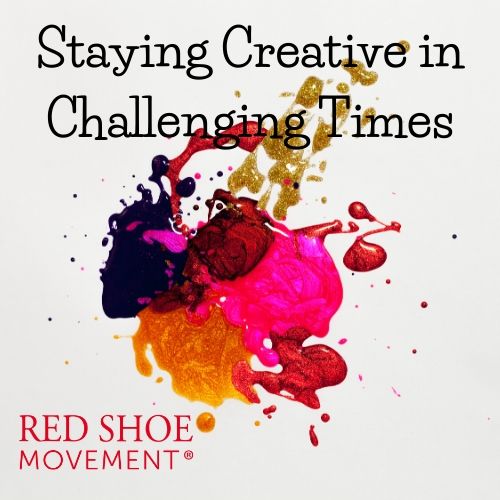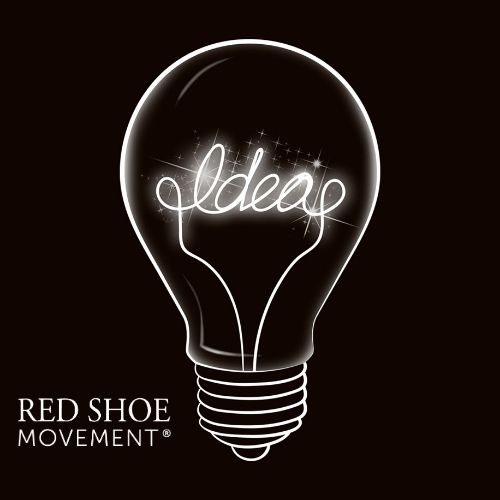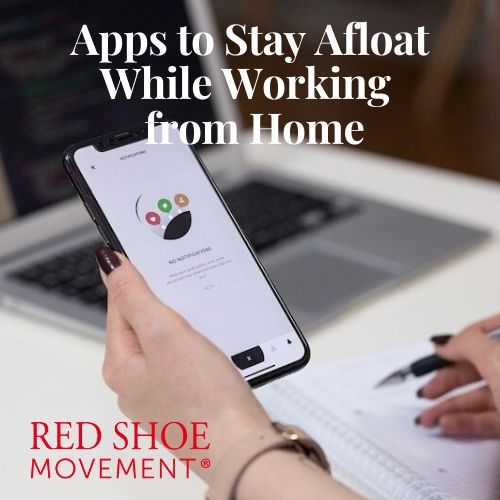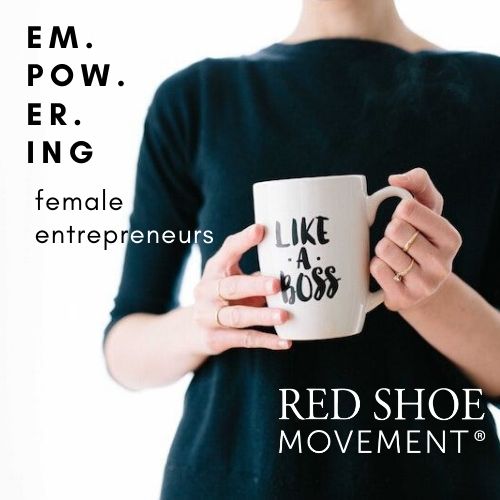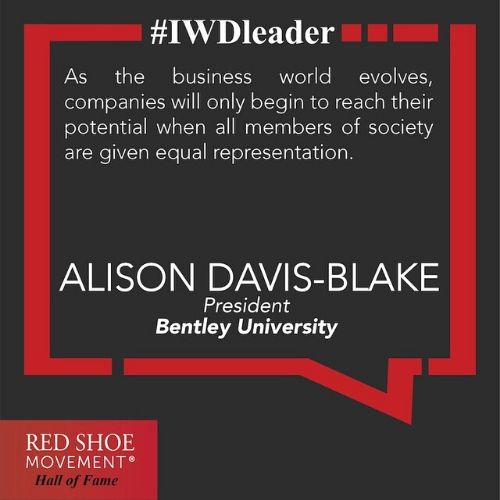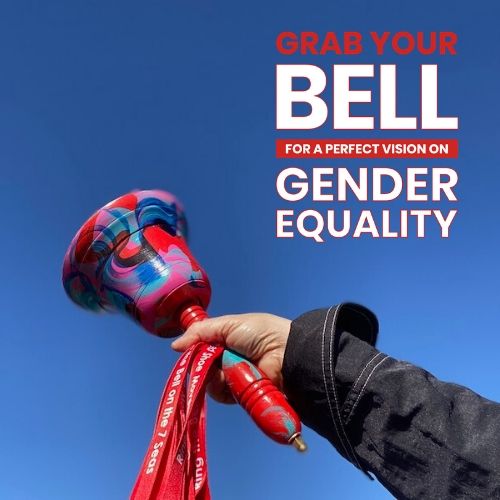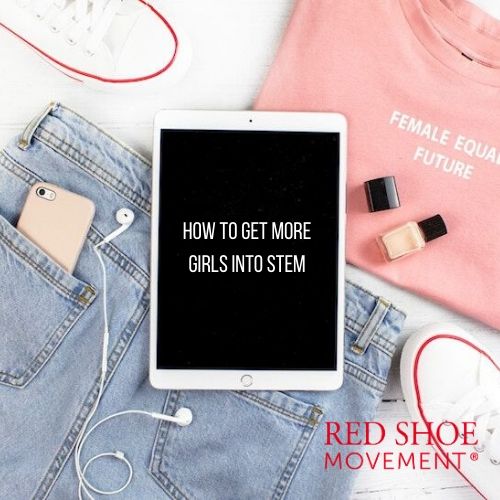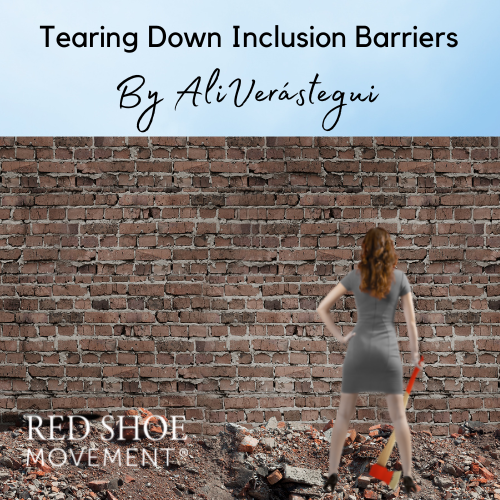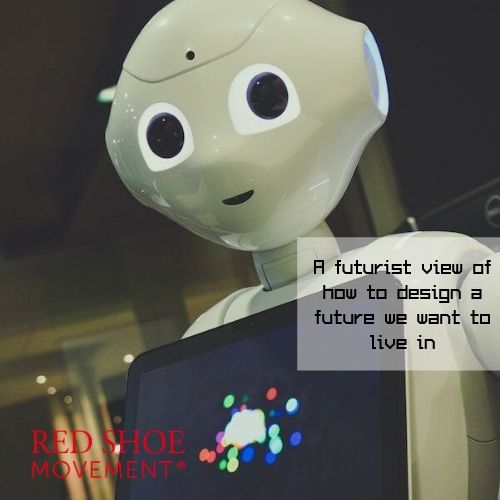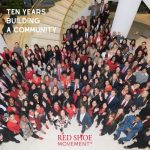With over thirty years of experience, Georg Schroeckenfuchs has learned a few things about navigating a crisis and cultural transformation and the role they play in a company’s growth and success.
The current President & Cluster Head Middle East and Africa (MEA) at Novartis started his career with the company in 2001. That’s when he took on the role of Head of General Medicine back home in Austria and began a fruitful journey that has taken him all over the world.
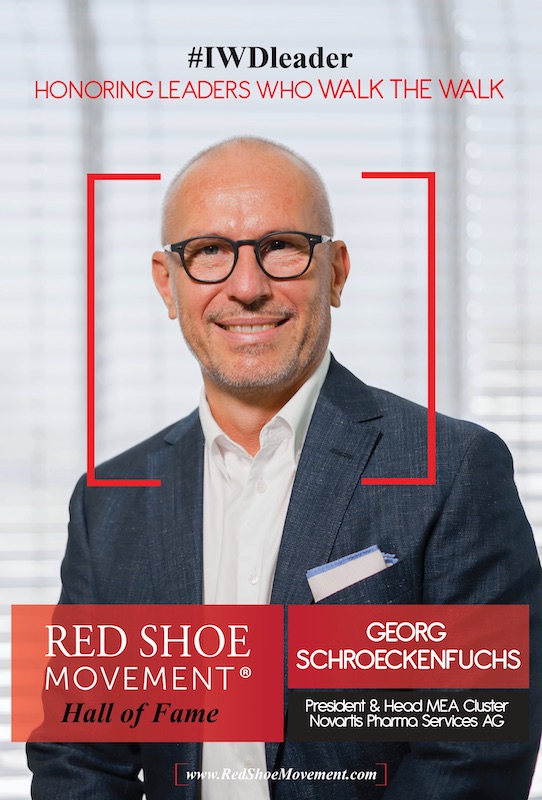
The Vienna University graduate has helped consolidate Novartis’ leading role in the pharmaceutical sector, helping the company through a financial crisis while he worked as CPO Head and Country President for Greece. In his current role, Schroeckenfuchs oversees a region comprising 19 countries where he hopes to reach gender equity and make sure that “no patient is left behind.”
For relentlessly working towards gender equity inside and outside his organization the Red Shoe Movement honors Georg Schroeckenfuchs with the 2021 Hall of Fame.
Georg Schroeckenfuchs and Excellence in Diversity
RED SHOE MOVEMENT – Can you tell us a little bit about your role as President & Head MEA Cluster at Novartis?
GEORG SCHROECKENFUCHS – In my role, as the Head of the MEA Cluster, I cover a region that is quite complex and volatile. The Cluster covers 19 countries, which represents a diverse population. With this diverse population come excellent people with high level of resilience who have the “can do” mentality. Our teams are unified in their mentality to focus on activities that make a difference in the lives of patients and to make sure we leave no patient behind even in difficult situations such as the pandemic.
RSM – You’ve had positions that have taken you all over the world, how do you feel the specific nuances of different regions have influenced your professional outlook? What are some of the most unexpected lessons these different markets have taught you?
GS – I learnt to embrace diversity, and when I say diversity, it’s diversity in culture, diversity in thinking, diversity in mentality, and diversity in gender. Diversity can be a key success factor for innovation, and inclusiveness is a key enabler for successful collaboration.
A True Commitment to Cultural Transformation
RSM –How important is cultural transformation and how can a company ensure that the changes will not just stand the test of time but also continue to evolve?
GS – Personally, foremost I really believe that culture and climate is a key enabler for success. Secondly, to ensure that what we communicate reflects in our actions. So, for example, wearing Red on Tuesdays to support the Red Shoe Movement. Another example is the Novartis Women magazine, which symbolizes our commitment to cultural transformation. In addition, processes should be consistent with the change of culture you want to embed in the organization. Thirdly, being a role model, and to engage change agents across the organization accelerates cultural transformation.
Learn about Transformational Change from another Hall of Famer
RSM – What are some of the biggest barriers you’ve faced while leading a company’s cultural transformation? What would you say are some of the most challenging goals still ahead?
GS – One of the biggest barriers is our own personal bias. I am lucky that I have had the opportunity to live in many different countries in the last 13 years. This has helped me develop strong cultural agility, having respect for different cultures and the ability to embrace diversity.
One of the goals that we aim for in our region is gender equality, and we drive female empowerment.
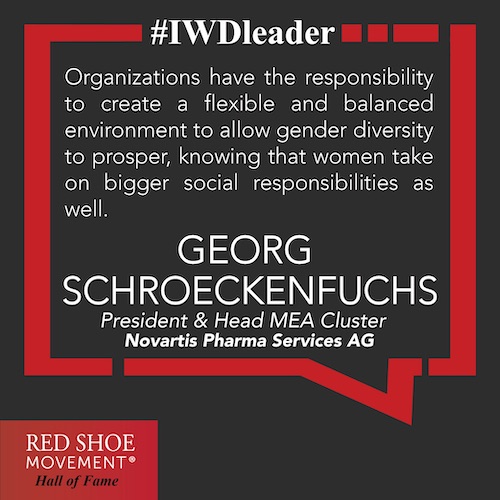
Navigating a Crisis and Reinforcing Inclusion
RSM – You’ve piloted markets through financial uncertainties, what would you say are the most important things to remember when navigating a crisis? What can you do to boost morale when the future is uncertain?
GS – It is important to remember 3 things when navigating a crisis:
- Do not stop focusing on your purpose and what you want to achieve. For us at Novartis, it is to reimagine medicine to improve and extend people’s lives and to ensure we leave no patient behind. You must continue to follow your mission and purpose.
- In a crisis people tend to stop and wait because of the uncertainty, but that should not be the case. You should not stop and freeze but instead keep on moving.
- Always focus on the things that you can impact, and don’t get distracted by the things you can’t change.
RSM – What are some of the ways in which you reinforce inclusion at Novartis?
GS –We have done a lot of activities and initiatives to raise awareness on D&I in the organization, especially on topics related to female empowerment and gender equality.
For example, the introduction of the Red Shoe Movement to Novartis MEA in 2020 was an important step in our focus on career and leadership development of women in the organization. Another example is the “Let’s Talk” sessions with women to understand how we can support their growth in the organization.
[av_video src=’https://youtu.be/7dlifLPX4X8′ mobile_image=” attachment=” attachment_size=” format=’16-9′ width=’16’ height=’9′ conditional_play=” id=” custom_class=” template_class=” av_uid=’av-t4xrwj’ sc_version=’1.0′]
Women Representation and a Piece of Advice
RSM – If you could suggest two actions that organizations can take to accelerate the representation of women at the top, what would it be?
GS – I’d say:
- To ensure we are gender neutral in the selection process, which means, to ensure we have an equal number of candidates for the interview, and equal representation of both males and females as part of the interview panelist.We should be fair and give opportunity to both equally.
- To create more time flexibility in the organization.
24 Hours to Change the Gender Equity Reality
RSM – If you could suggest one action that women could take to accelerate their career growth, what would it be?
GS – I would say: don’t underestimate your capability in case of an open position. Make sure to raise your hand and go for it. Take risks because you are capable.




















